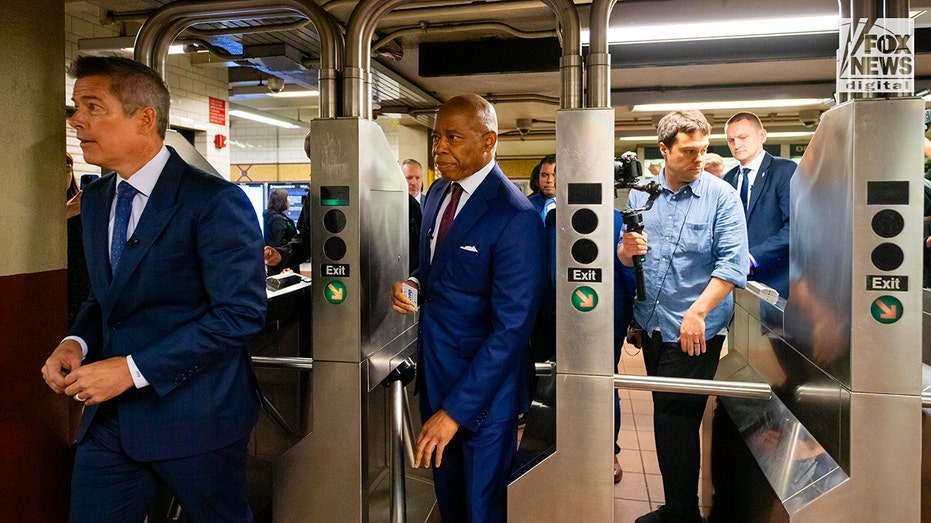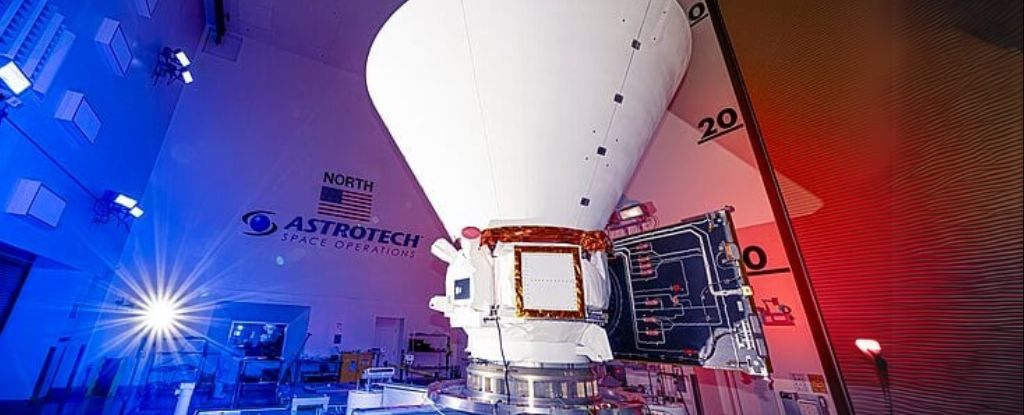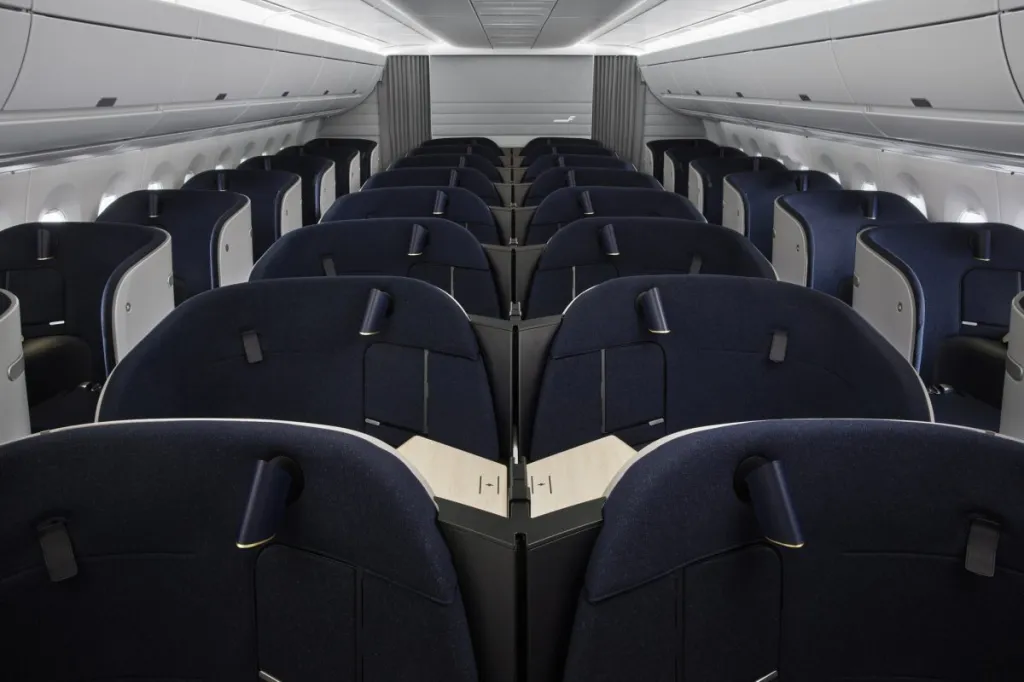Two Chassis Suppliers for Next-Gen LMP2; Tender Launched
FIA, ACO, IMSA launch tender to select two chassis suppliers for new LMP2 regulations...


Photo: Julien Delfosse/DPPI
The FIA, ACO and IMSA have launched the tender process to determine the chassis suppliers for the next generation of LMP2 machinery, with the published documents confirming that the number of licensed constructors is set to be reduced from four to two.
The chassis tender, opened on Friday, is the second of two such processes to shape the new-for-2028 regulations, following on from a powertrain and electronics tender that was published earlier this month.
Interested chassis manufacturers have until May 9 to submit their bids. The final decision will be published on June 10, which is the same date as outlined in the powertrain tender.
Notably, the tender document published by the FIA and ACO outlines that ‘a maximum of two suppliers’ will be selected as part of the procedure, meaning that the number of constructors is set to be slashed compared to the current ruleset.
Under the current regulations, four companies were appointed as licensed chassis suppliers: ORECA, Dallara, Ligier and Multimatic.
Similarly to the contract for the powertrain and electronics, the FIA has outlined that the selected parties must be able to guarantee parts availability for a minimum period of ten years.
Interested parties are free to submit bids for both tenders, but the party selected for the supply of the powertrain will not be eligible to be selected for the supply of the chassis, and vice versa.
The FIA goes on to state that the selected tenderers for the chassis “will be required to work in close collaboration with the tenderer selected for the supply of the LMP2 Powertrain to enable the proper performance of the supply” and “establish the final version of the applicable technical regulations.”
When it comes to supply demands, the FIA states that the overall estimation is 40 units for the cars competing in the affiliated championships.
Similarly to the powertrain tender, these have been defined as FIA World Endurance Championship including 24 Hours of Le Mans, European Le Mans Series, Asian Le Mans Series and IMSA, with all subject to eligibility under applicable regulations.
Additionally, IMSA is once again subject to a dedicated contract between the governing body and the selected tenderers.
The estimate for 40 units is based on 15 competitions and four days of official testing with a mileage figure of approximately 40,000 km (24,850 miles) per car per year.
The document stresses that those figures are “indicative and will depend on the number of customers entering each year in championships, series and competitions concerned by this tender.”
Suppliers will also be required to provide between four and six complete spare parts packages at the beginning of each competition or official testing, with the number of spare parts to be brought to vary with the number of competitors attending the competition.
The target cost for a rolling chassis has been set at €450,000 ($487.000 USD) per unit.
The proposed dimensions for the new chassis feature a maximum overall length of 4,750 mm, width of 2,000 mm and height of 1,050 mm.
The minimum weight has been set at 980 kg, with a maximum ballast of 50 kg.
All series will have one set of homologated bodywork, with the tender document outlining a philosophy of “lasting modern design maintaining endurance racing heritage.”
The target top speed is 350 km/h (217 mph) at the 24 Hours of Le Mans, with the rear wing the only adjustable aerodynamic part.
Dimensions for the tires are 690 mm on the front and 715 mm on the rear, with the car to be fitted with 18-inch wheels.












































































